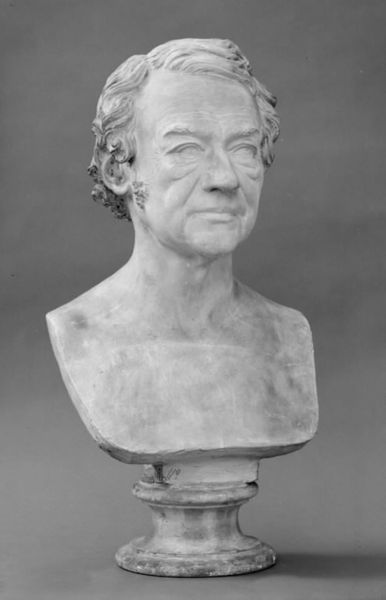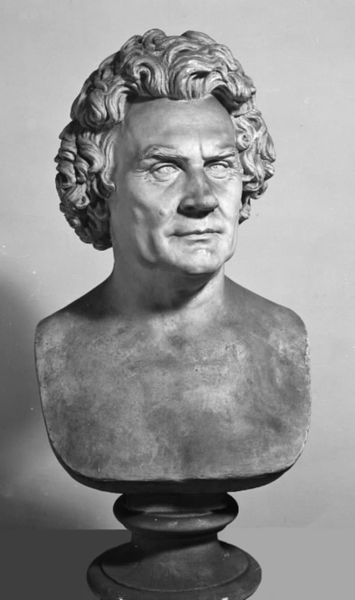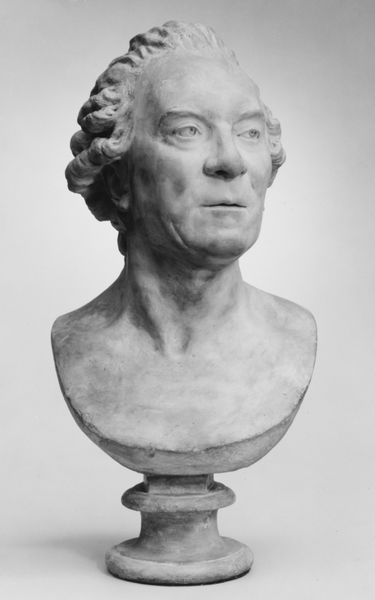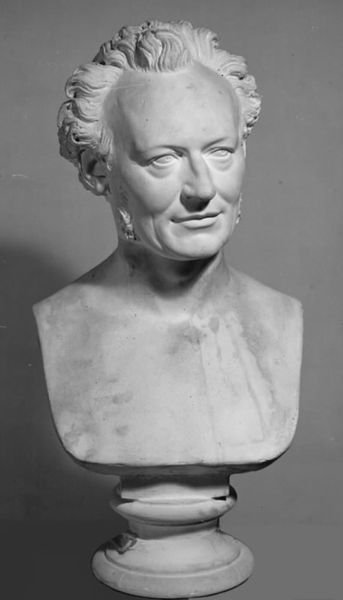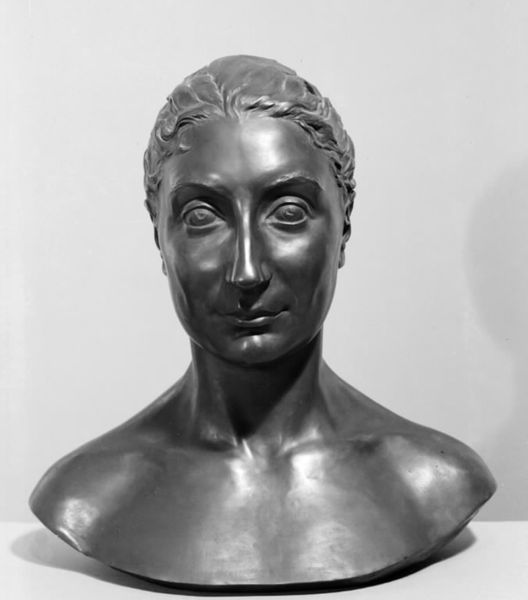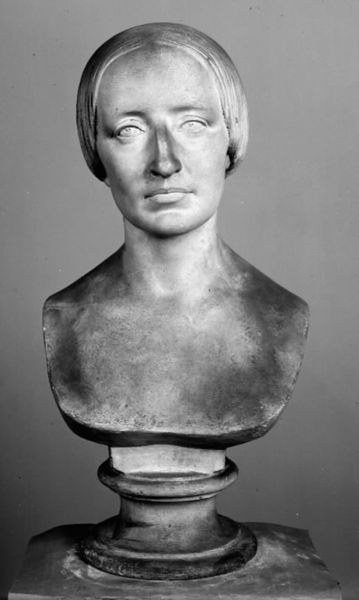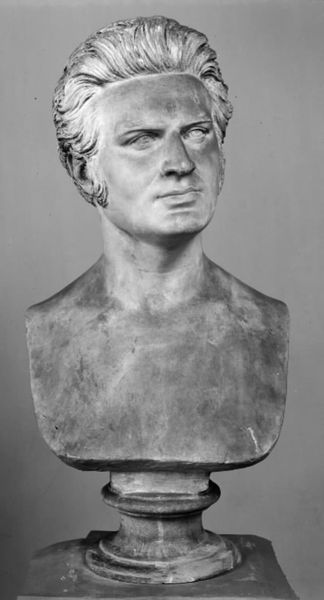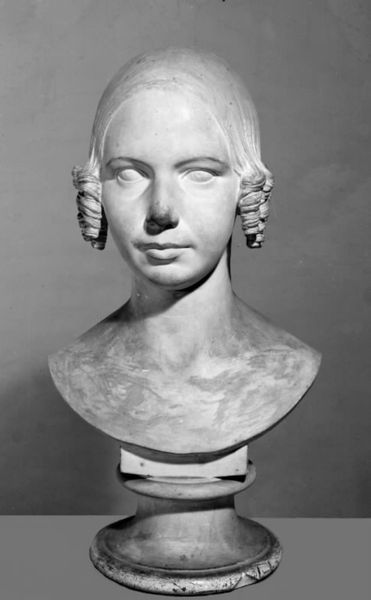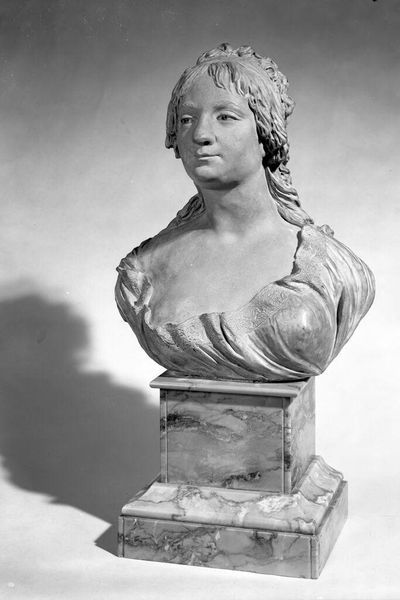
Dimensions: Overal (with base): 20 × 15 × 8 in. (50.8 × 38.1 × 20.3 cm); Height (without base): 15 in. (38.1 cm)
Copyright: Public Domain
Curator: Here we have Jean-Baptiste Carpeaux's "Bacchante with Vine Leaves," a marble sculpture dating roughly from 1867 to 1880. Editor: She’s captivating, isn't she? Almost mischievously alive—that sidelong glance, the hint of a smile. There's a lightness to it that I find irresistible. Curator: Absolutely. It is Rococo in spirit but done mid-19th Century. It’s fascinating to consider the labor involved. Think of the quarries, the extraction of the marble, the journey it took from raw material to refined form, the infrastructure needed for its transportation. Editor: True, but I'm mostly struck by the sensuality. The cool marble gives the illusion of warm flesh. Imagine those vine leaves rustling slightly, the weight of grapes pressing... it's evocative, and that contrasts beautifully with the cold, hard stone. Curator: The contrast emphasizes Carpeaux’s skill and the socio-economic backdrop; fine marble represented wealth, refined taste, and the patron’s investment in artistic legacy, speaking volumes about power relations. The subject too: a Bacchante is associated with revelry. Consider the statement this makes when rendered for a private collector to display! Editor: Or maybe it was meant to evoke a personal freedom—a bit of Dionysian chaos in an ordered world. Do you ever think of the artist, too, wrestling with that unyielding marble, coaxing it into this sinuous shape? There's a struggle embodied there. Curator: Indeed. This work allows us to explore not only its artistic merit, but also its social and material context. We should acknowledge the unseen laborers, the economies, and the hierarchies embedded within its very being. Editor: You bring me down to earth! Still, she's a reminder that art is also about escape, pleasure, and a celebration of the senses. Now if you'll excuse me, I'm suddenly feeling the need for a glass of wine... and perhaps a laurel wreath. Curator: A fitting response, I’d say, reflecting how even material analyses still end up affirming how enduring artworks become woven into lived experiences.
Comments
No comments
Be the first to comment and join the conversation on the ultimate creative platform.
